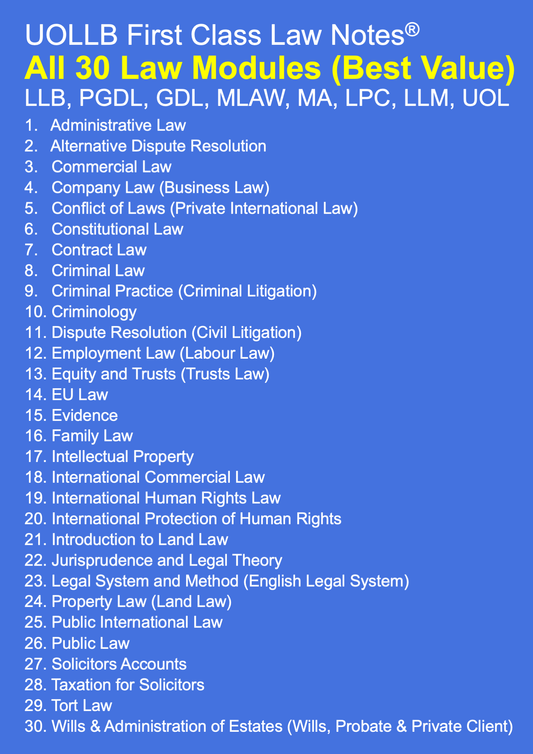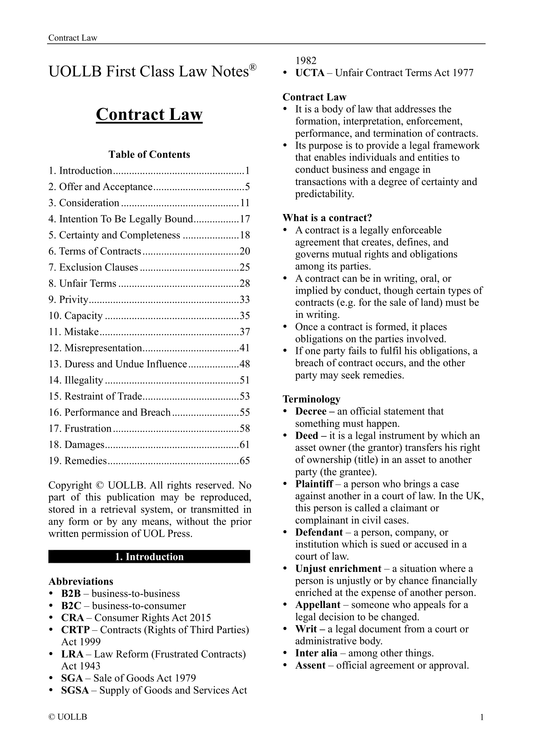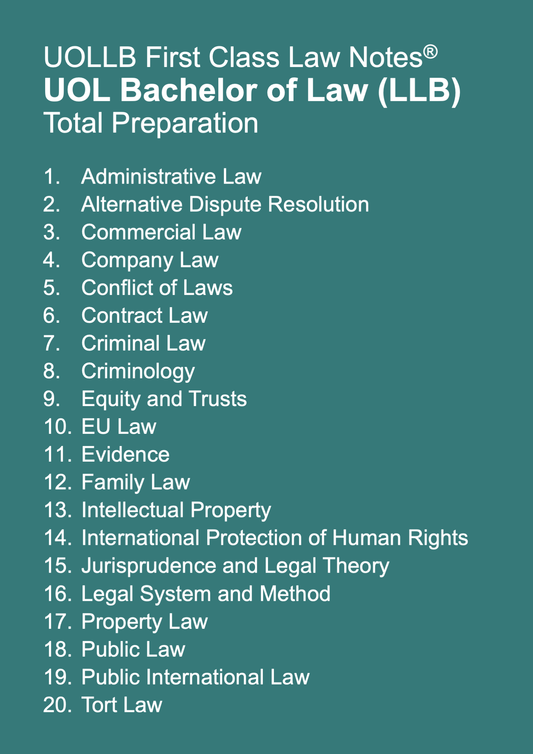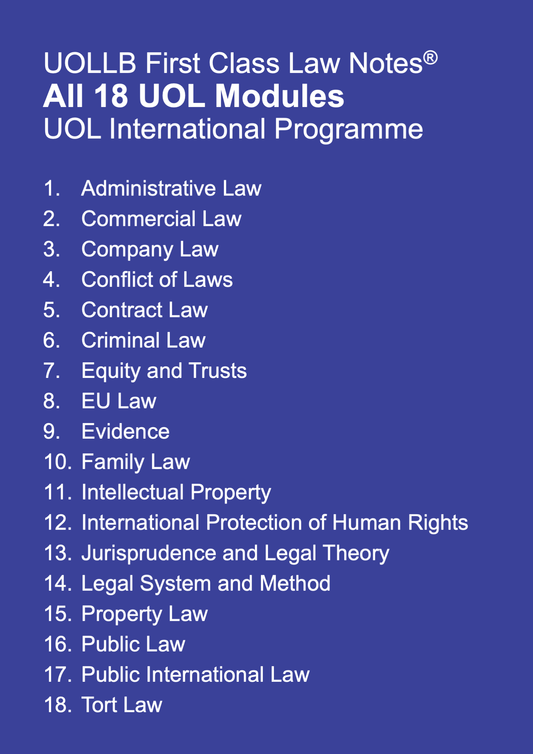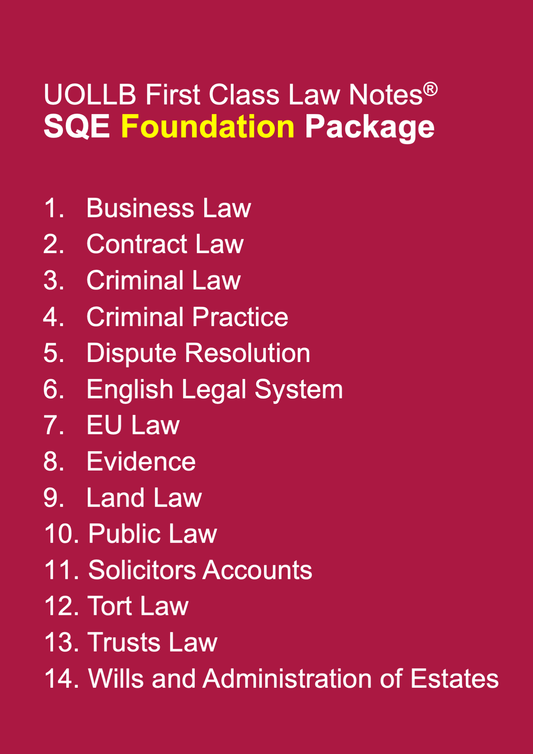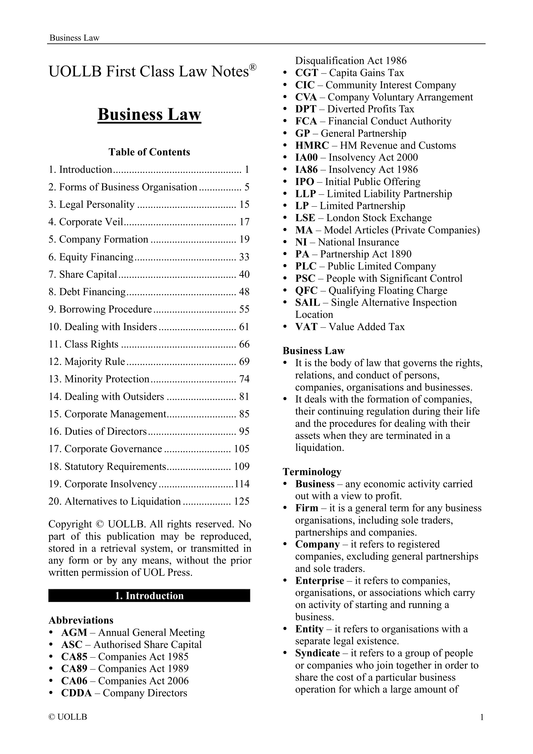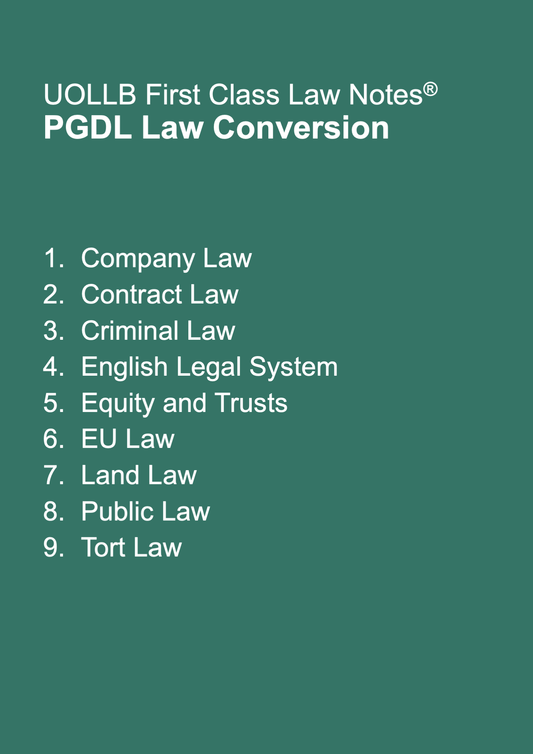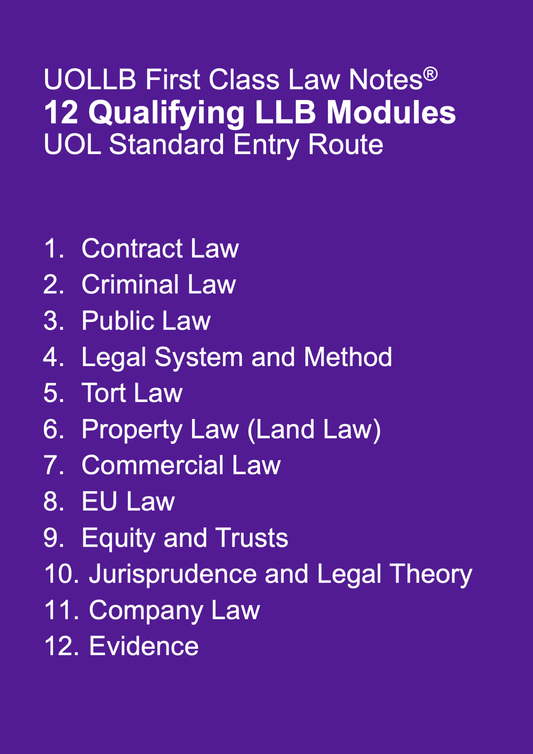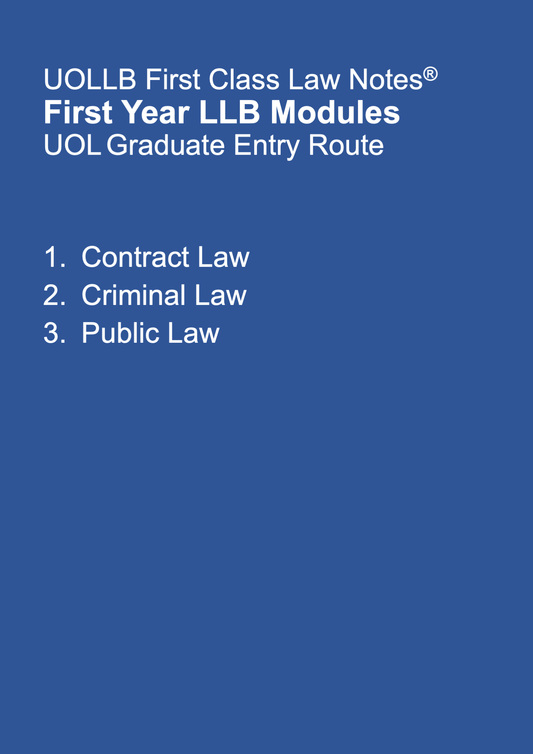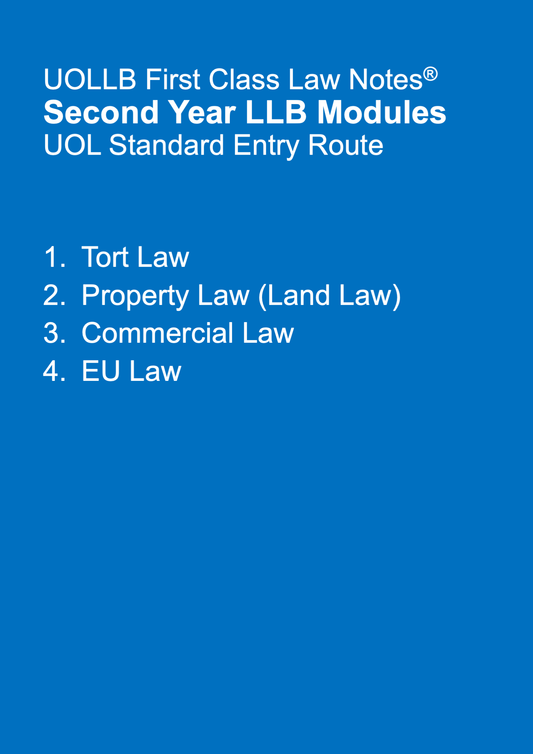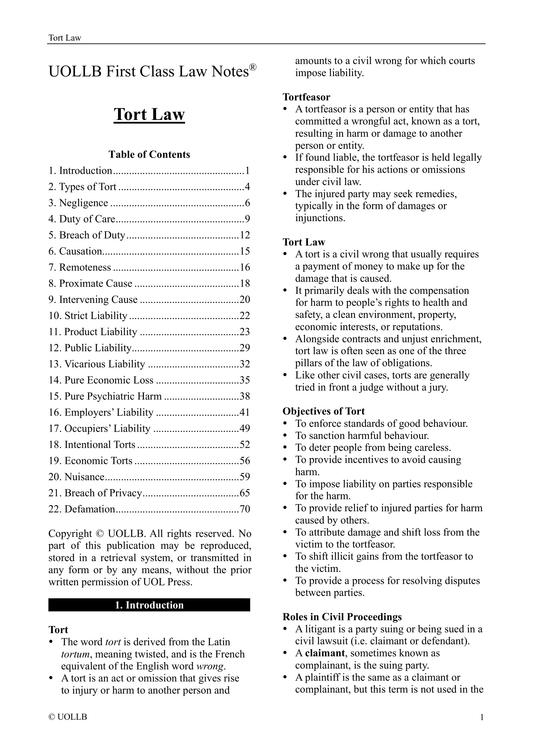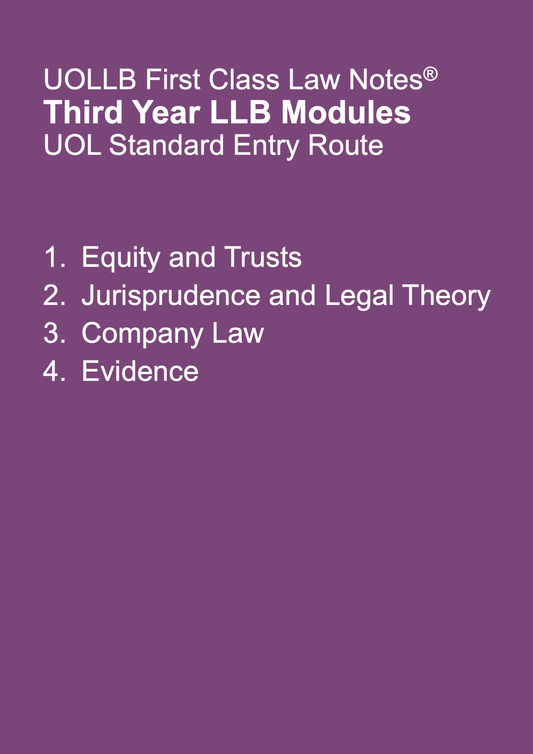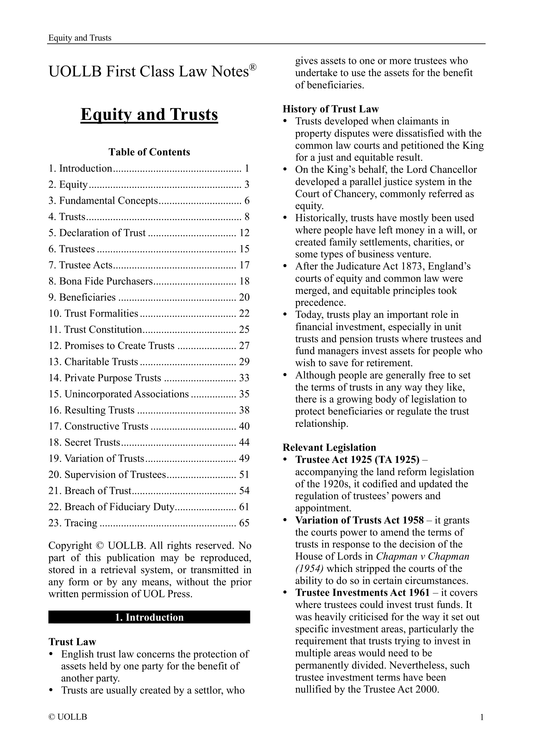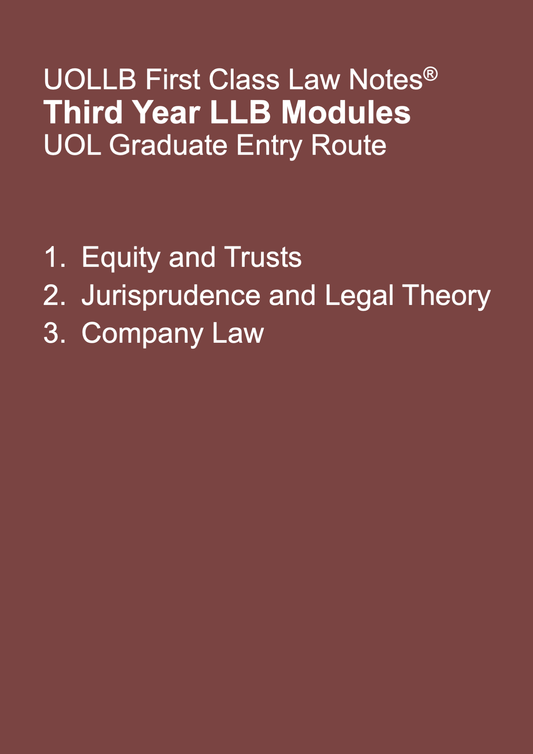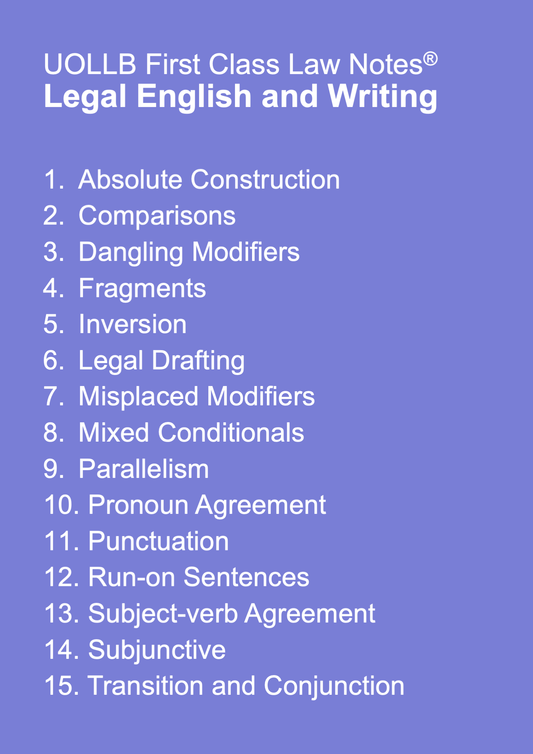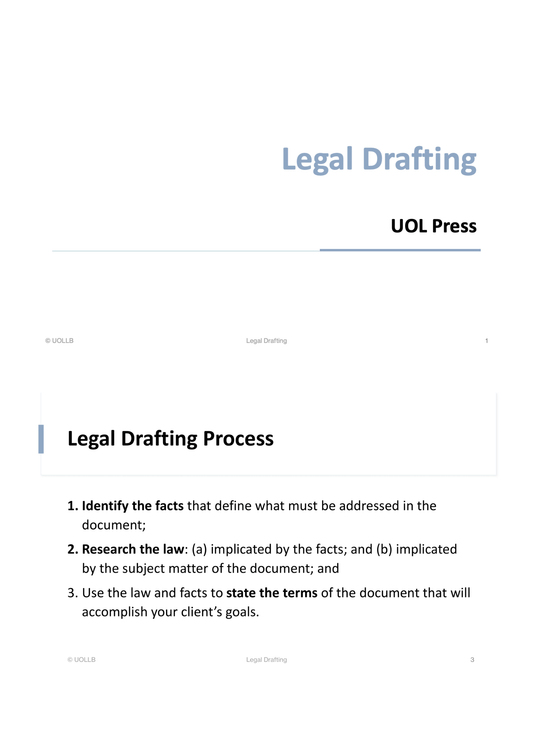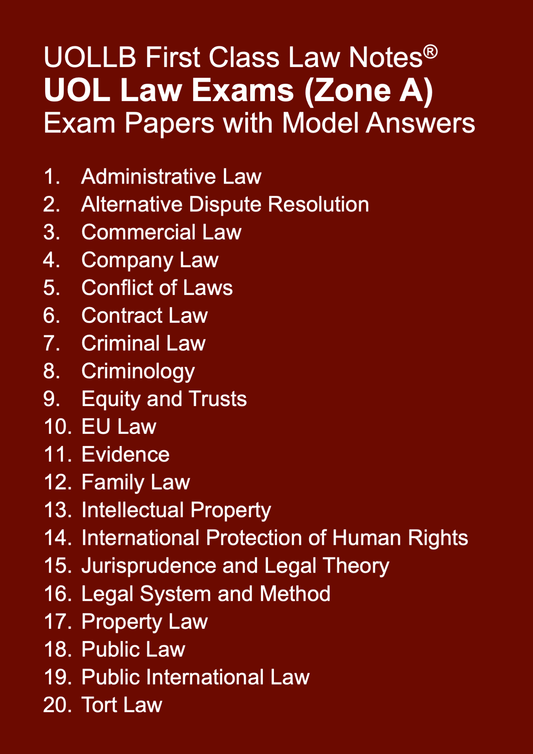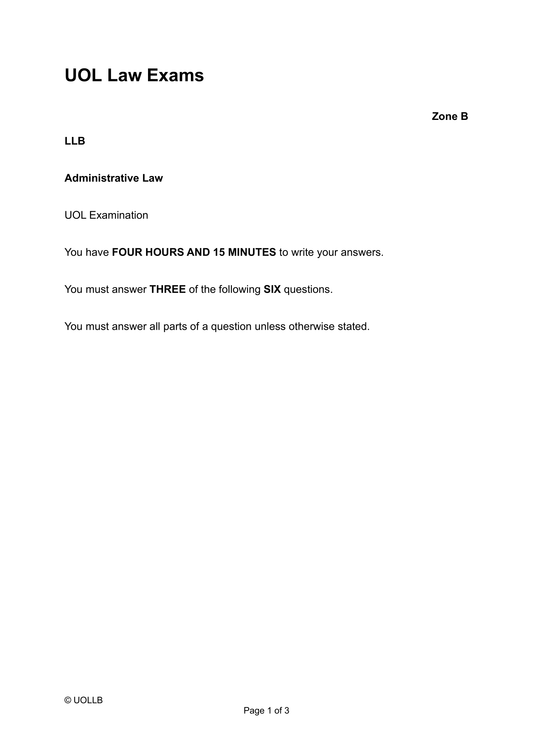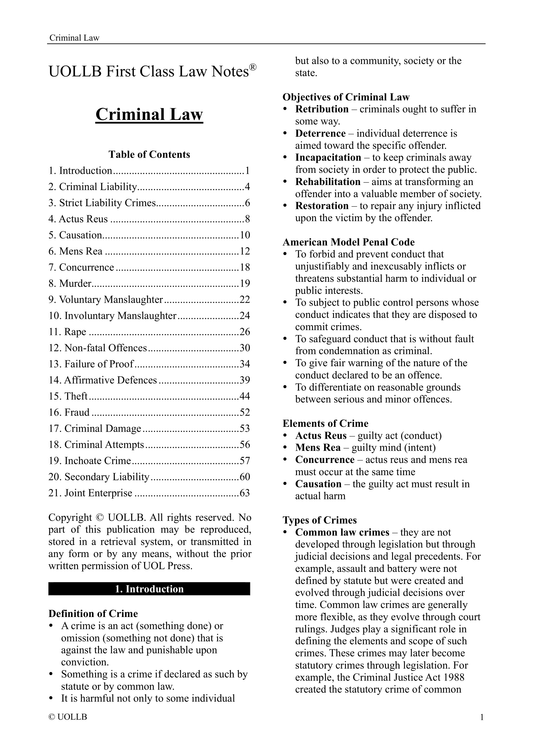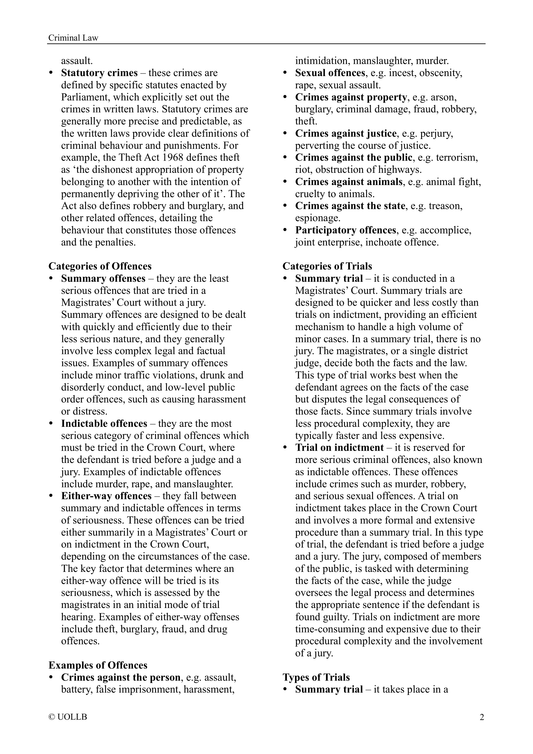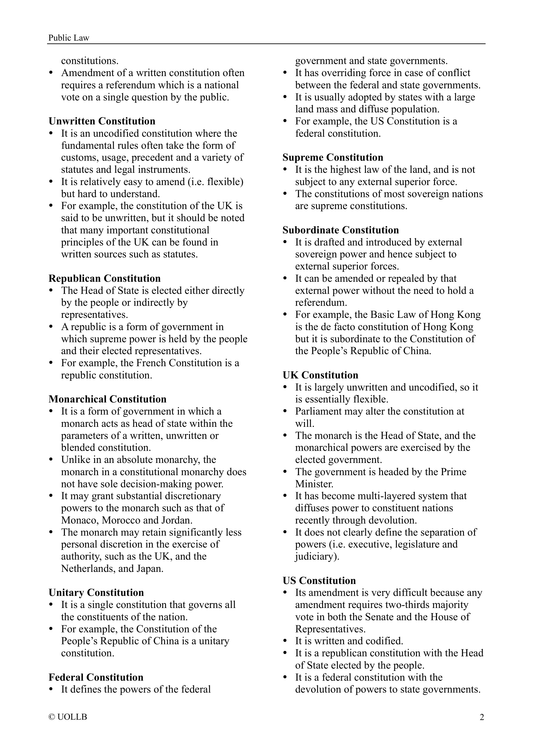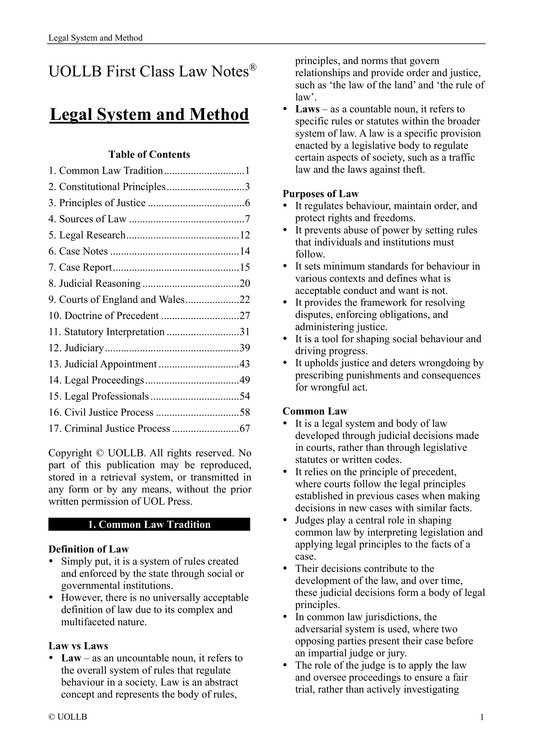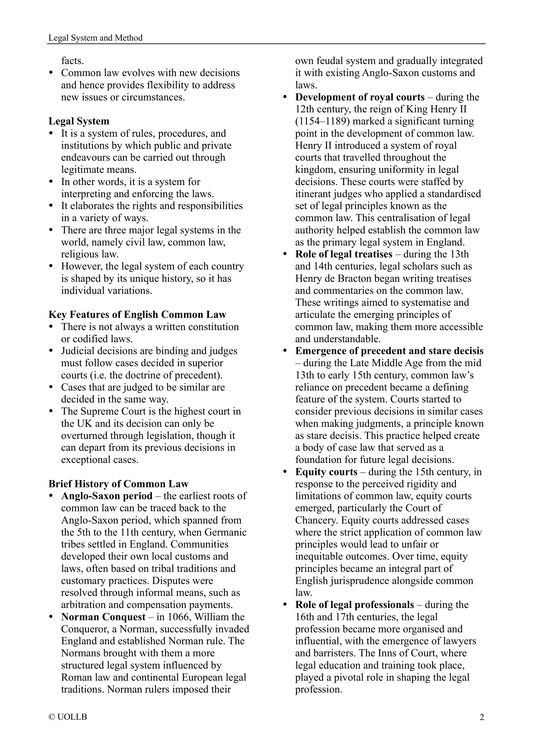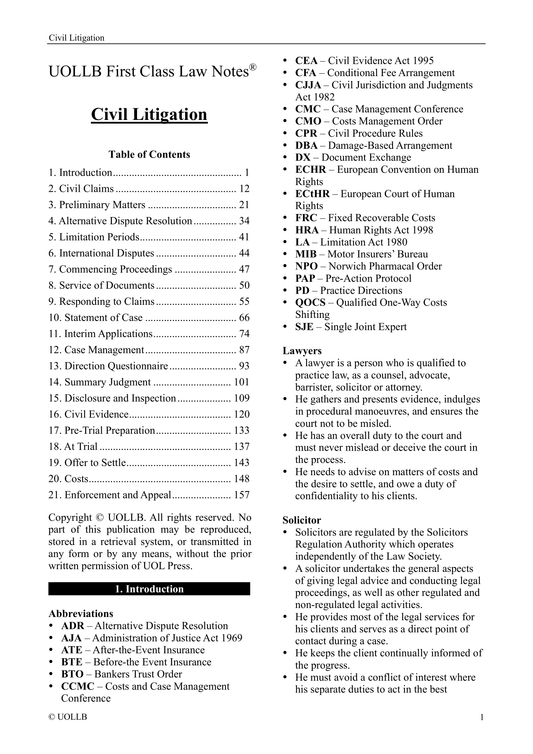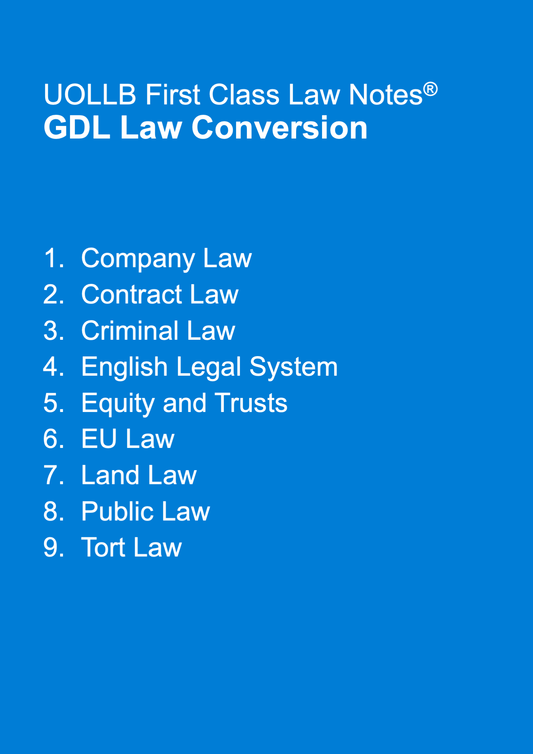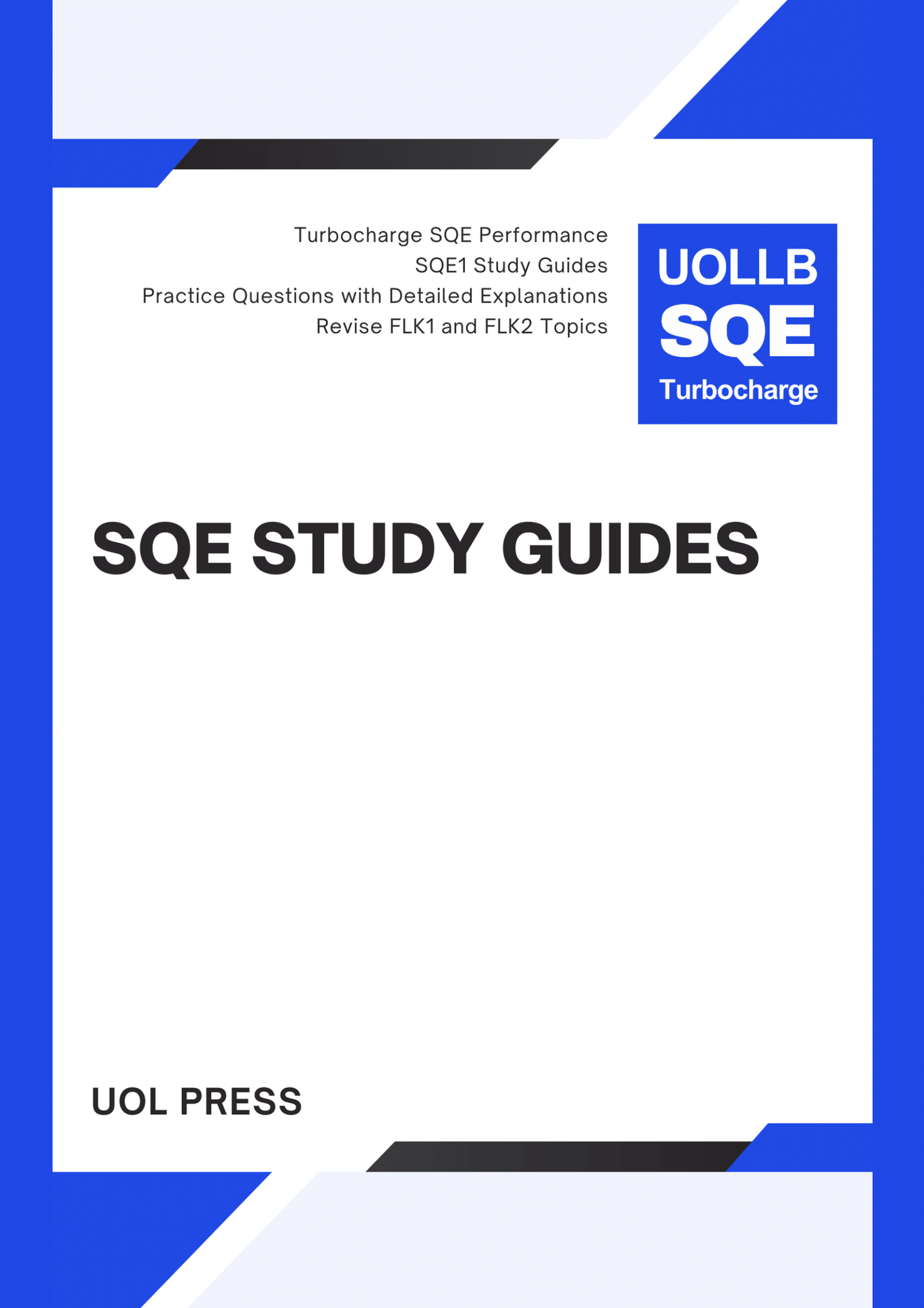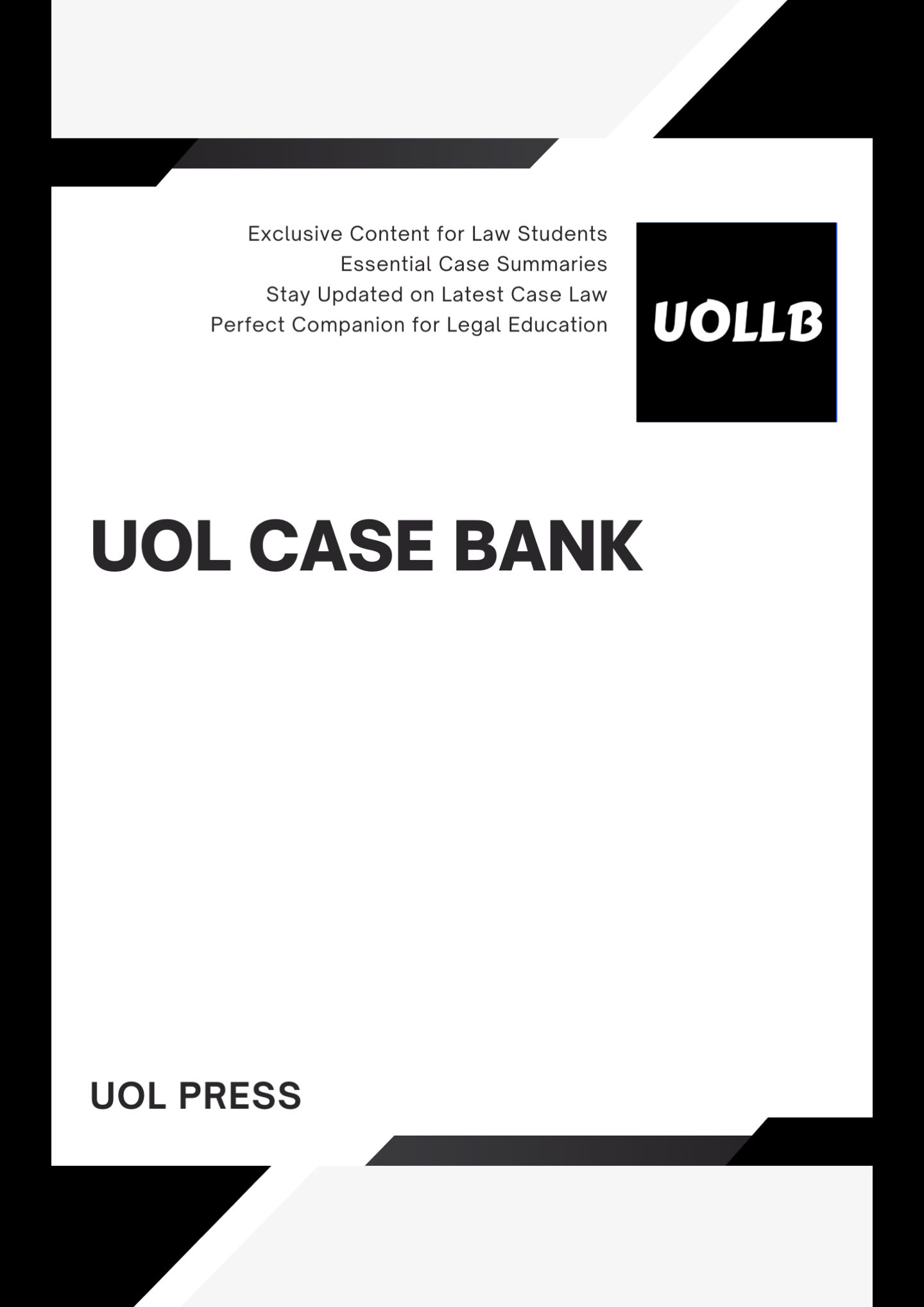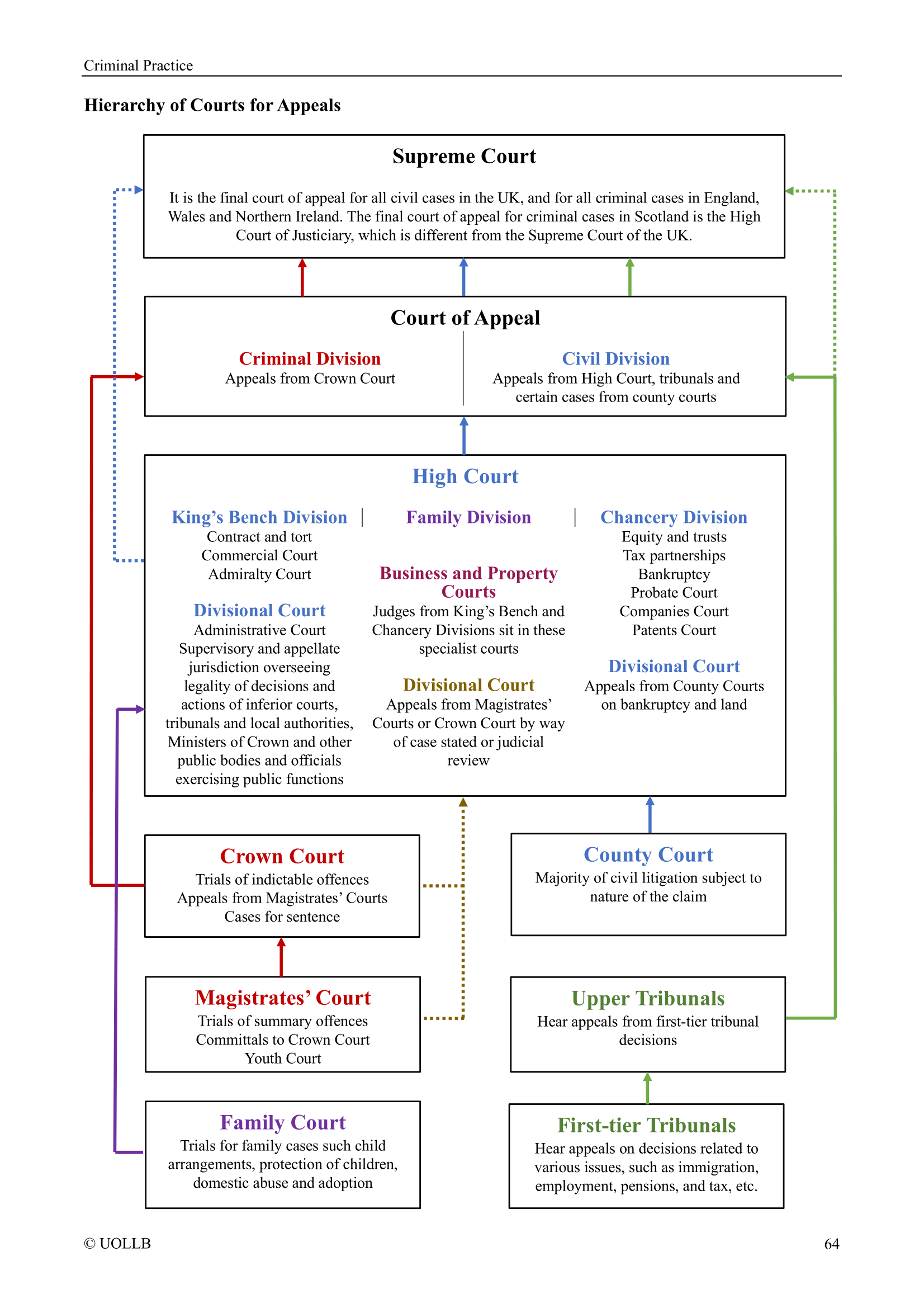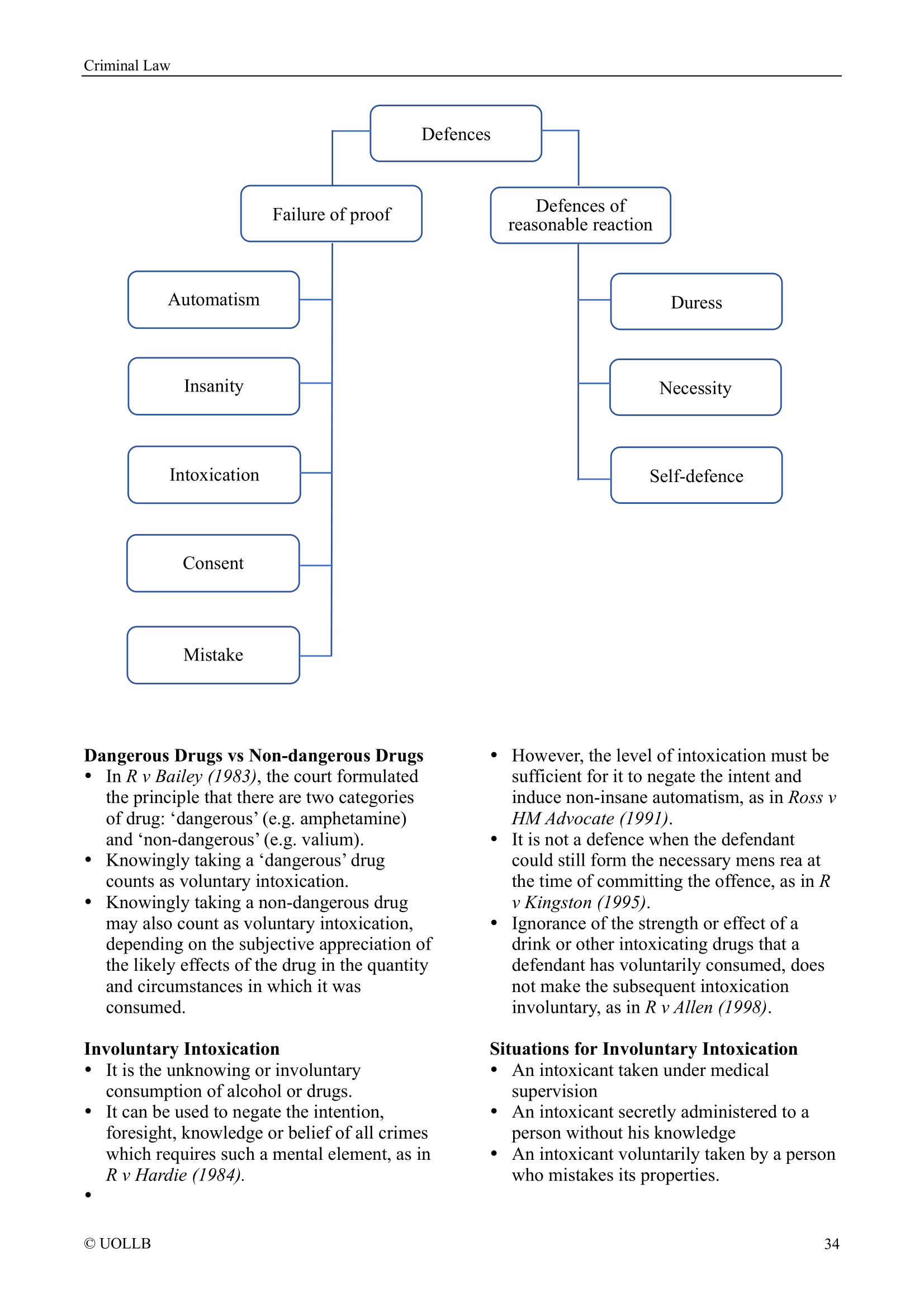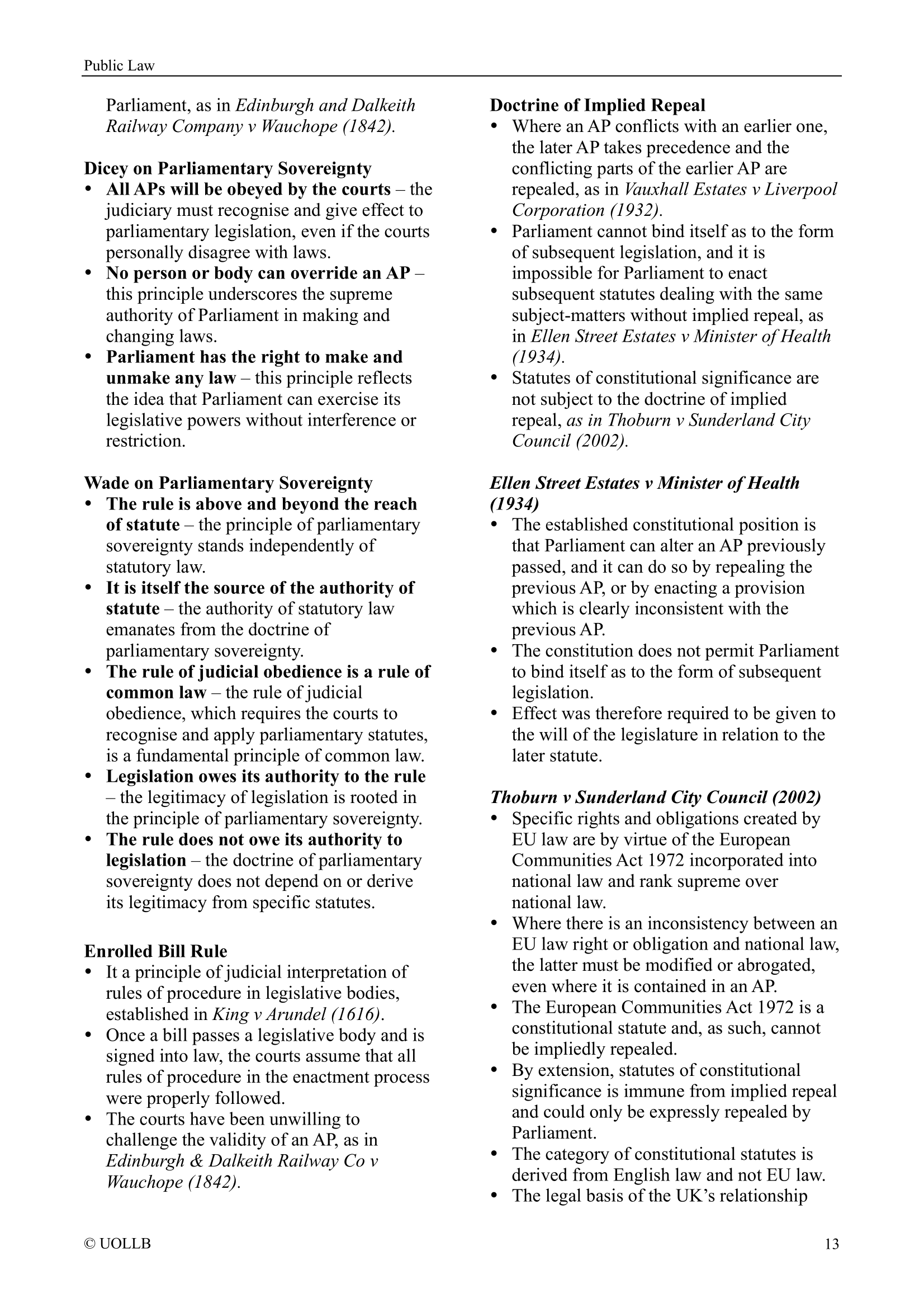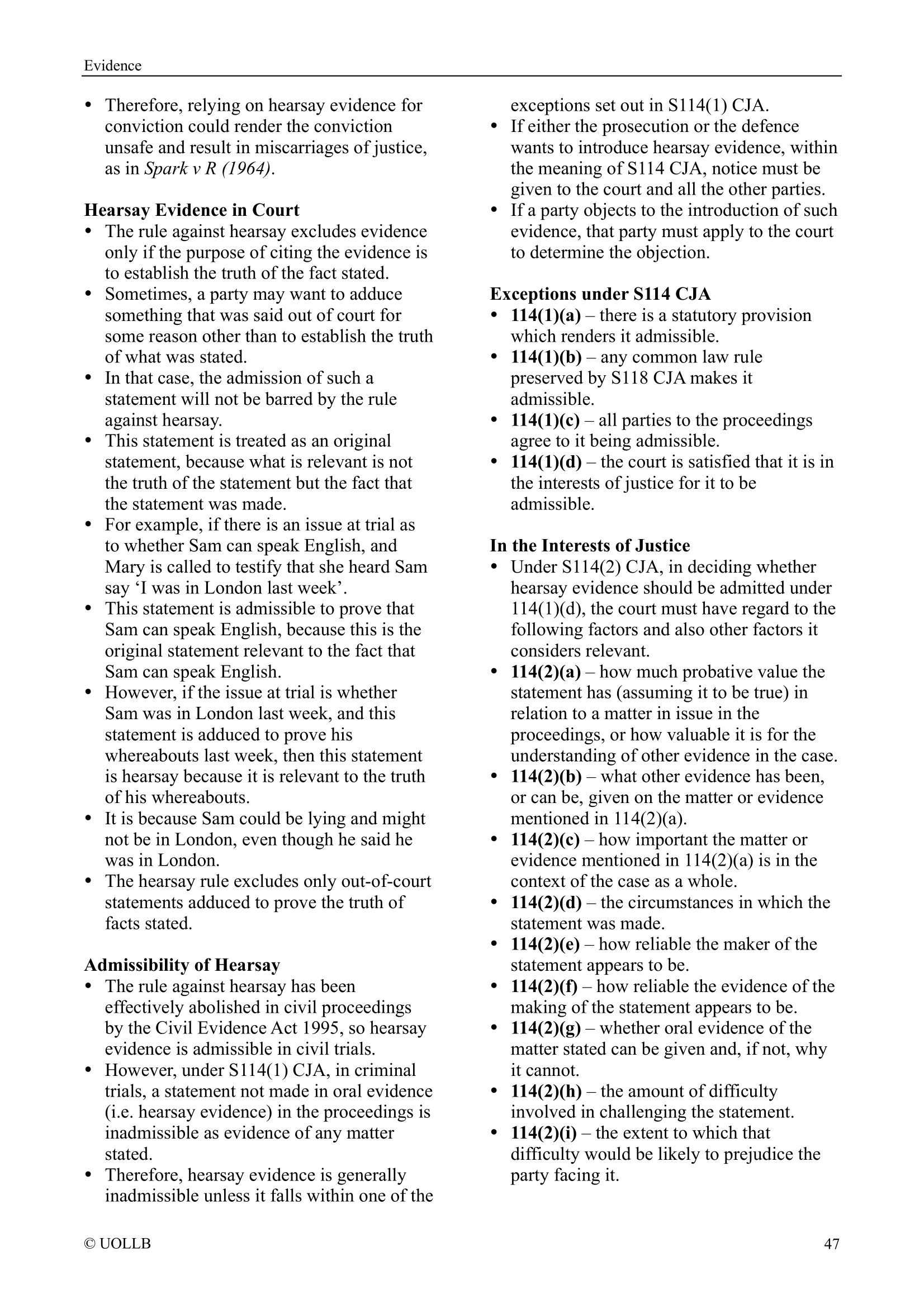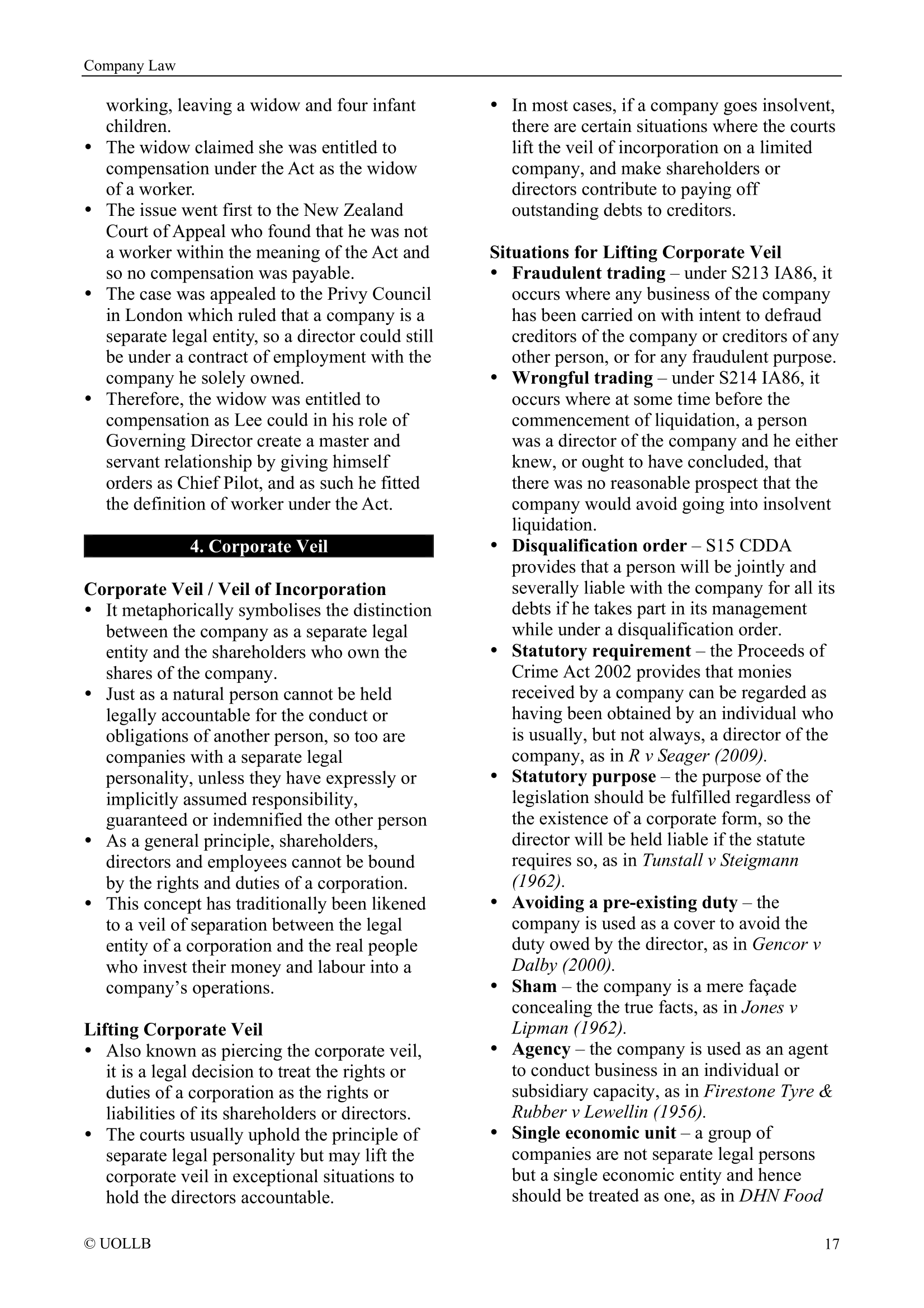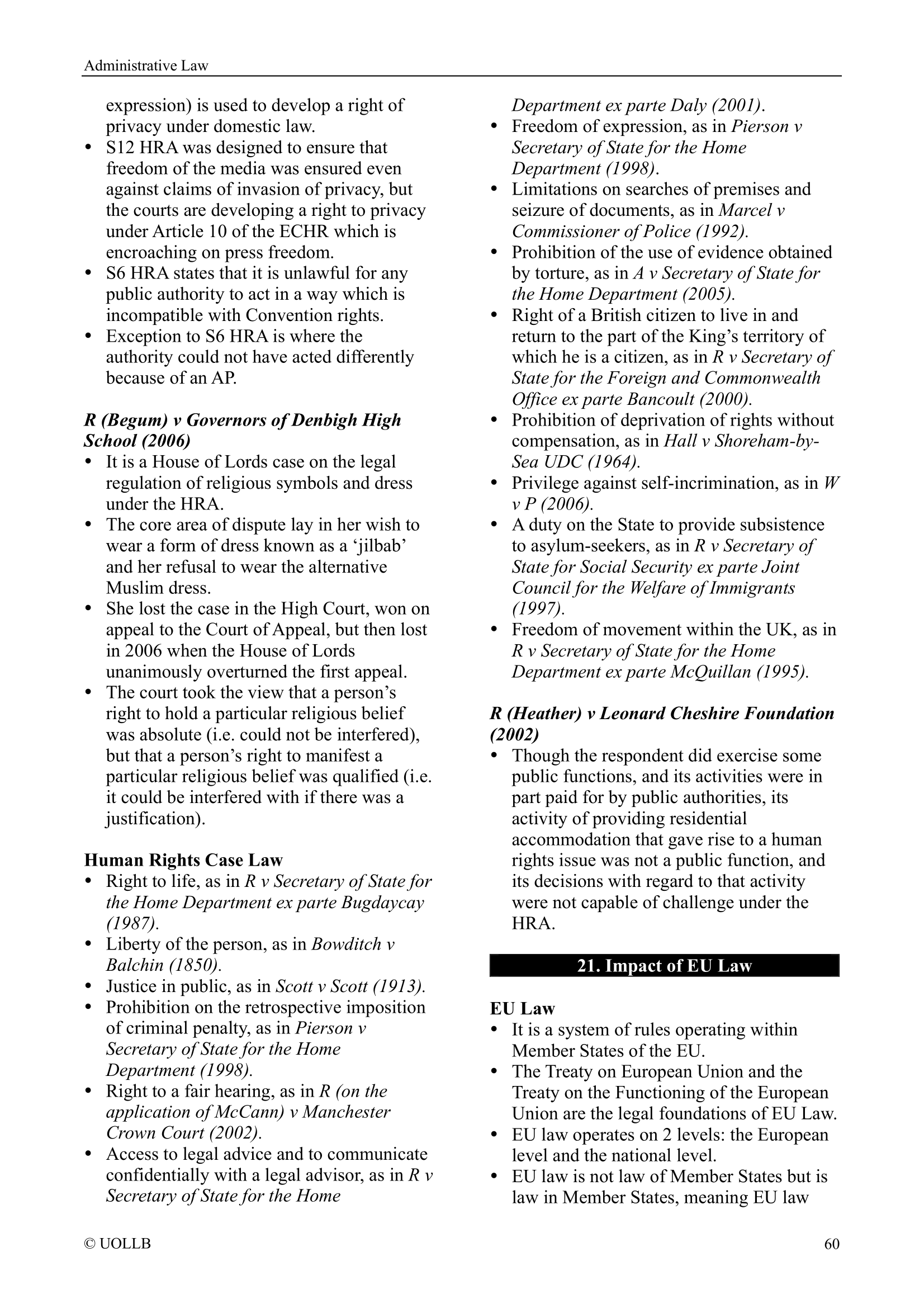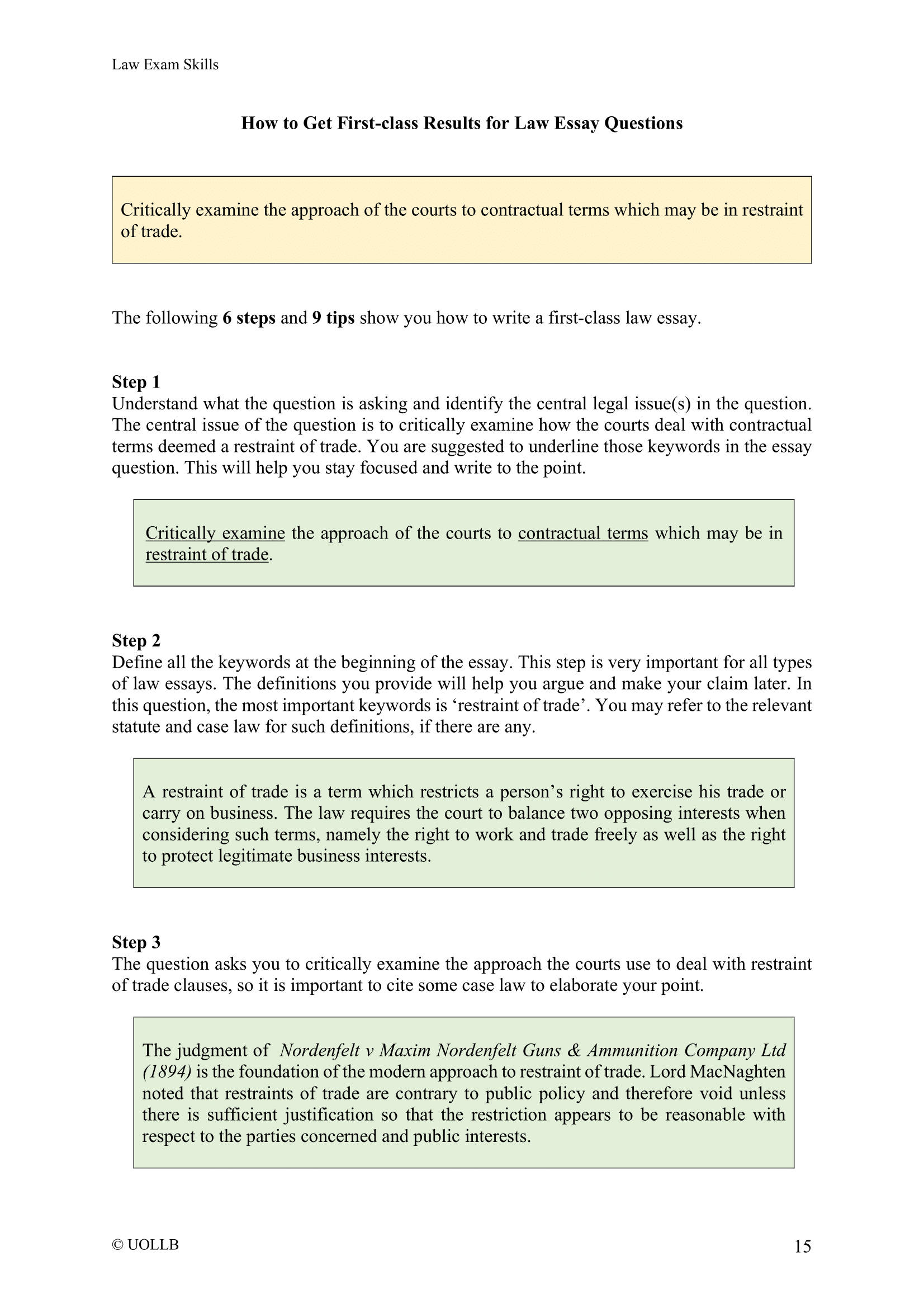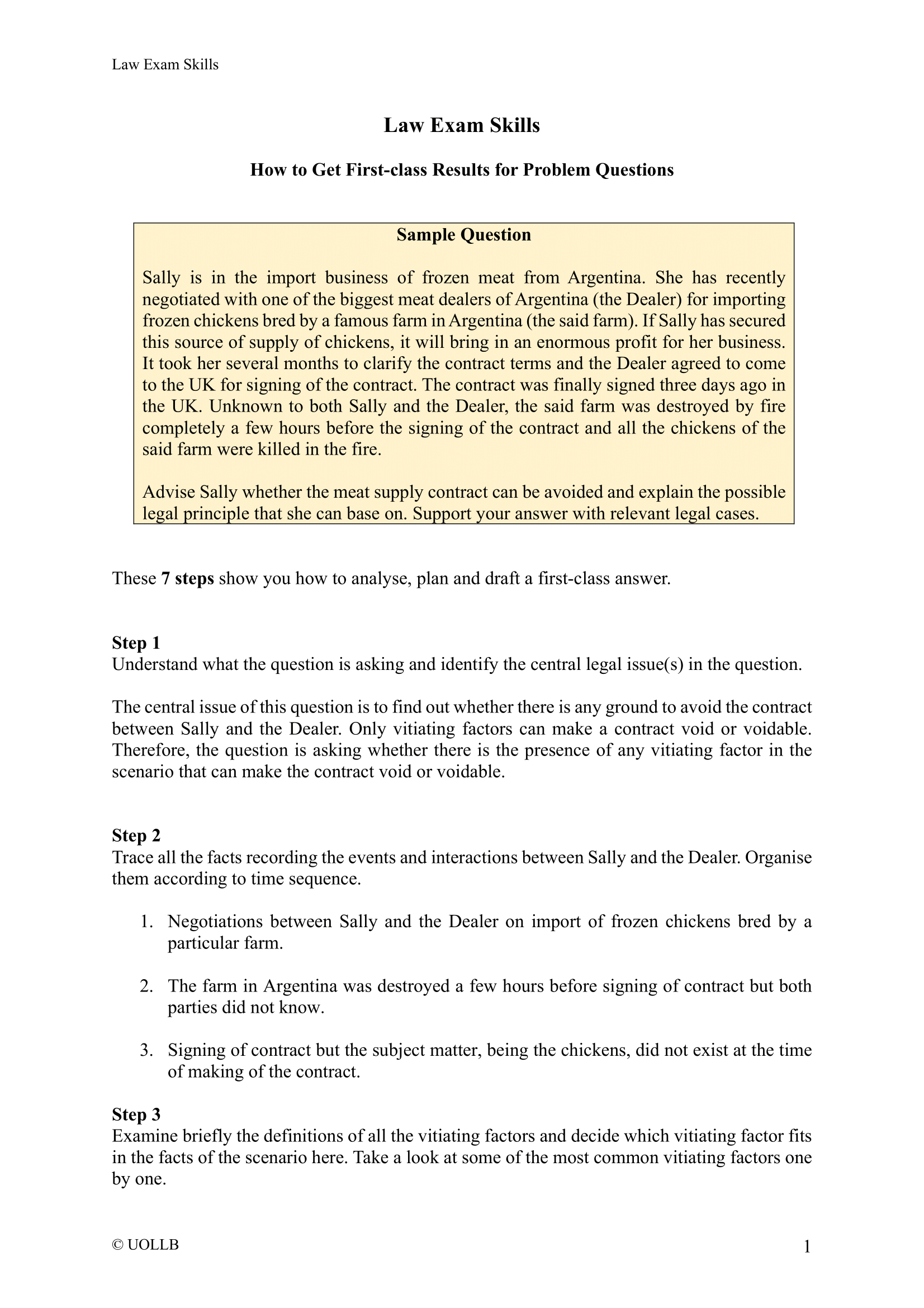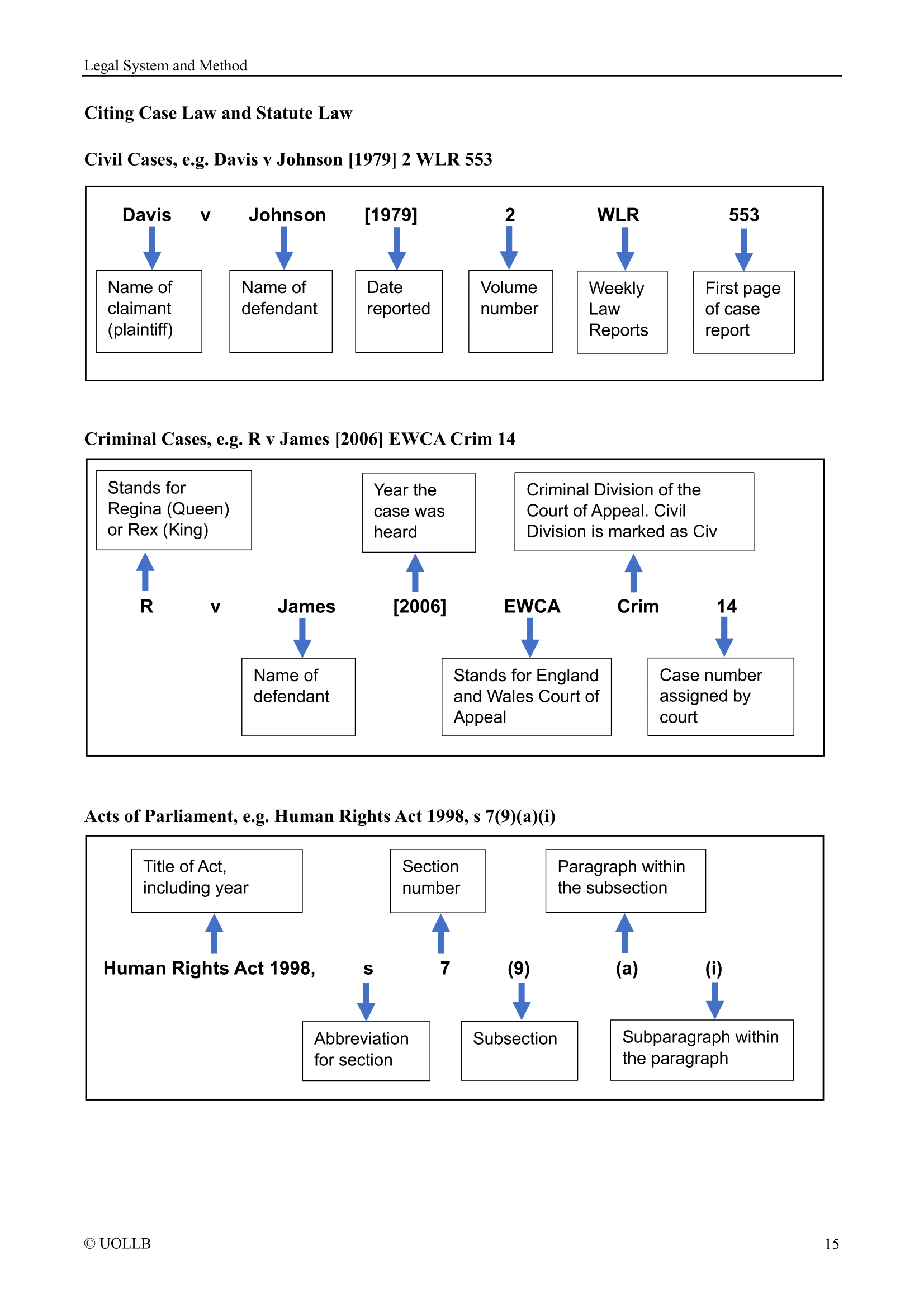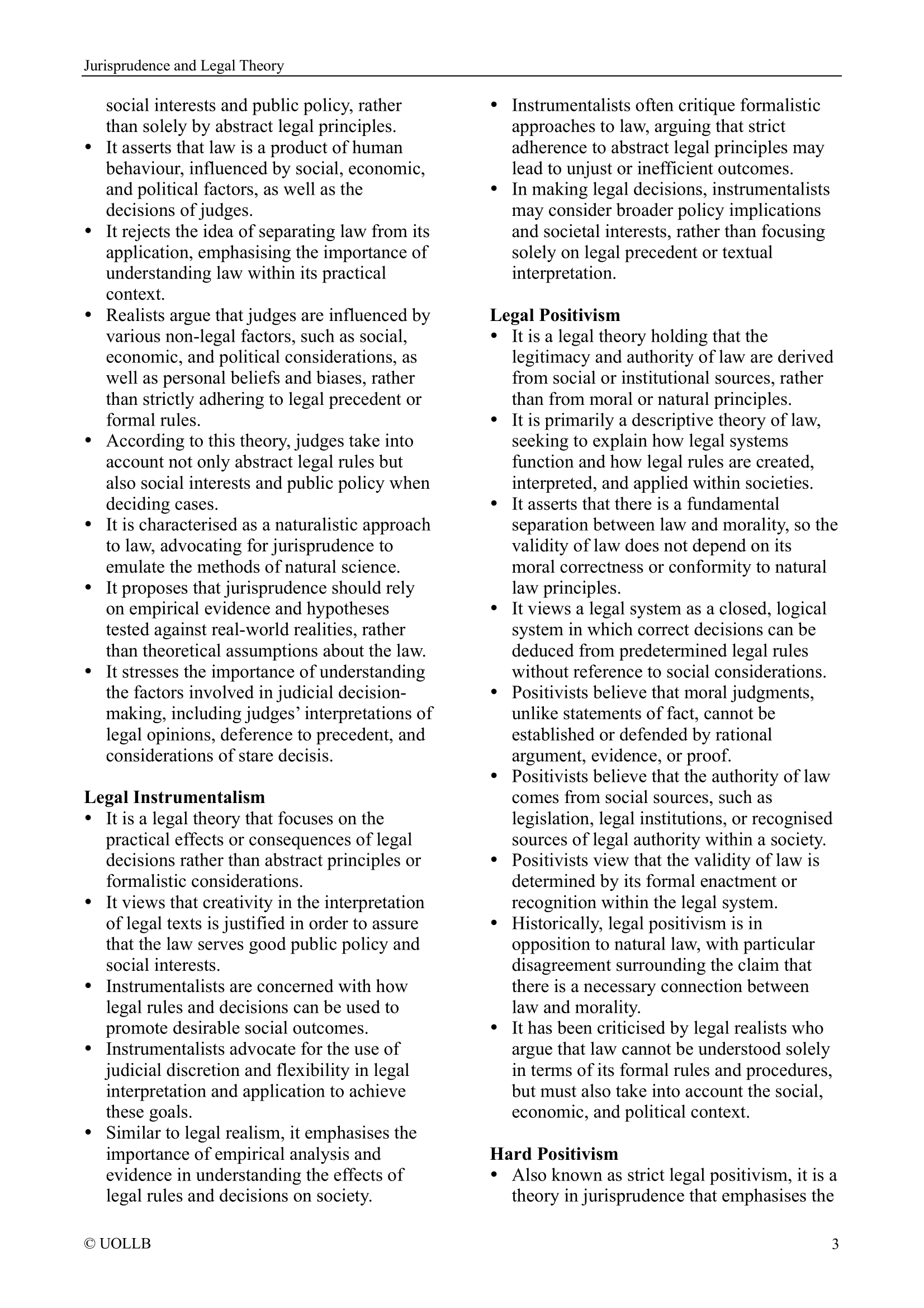Practice Statement 1966
Share
The Practice Statement of 1966, cited as the Practice Statement (1996) 3 All ER 77, refers to a significant judicial announcement made by the House of Lords (now the Supreme Court of the United Kingdom) on July 26, 1966. The Practice Statement was a departure from the long-standing principle of the House of Lords being bound by its previous decisions.
Prior to the Practice Statement, the House of Lords followed the doctrine of binding precedent, meaning it considered itself bound by its own previous decisions. This principle, known as stare decisis, provided certainty and stability to the law but also made it difficult to overturn decisions that were considered outdated or incorrect.
The Practice Statement of 1966 introduced a new approach by stating that the House of Lords would have the discretion to depart from its previous decisions in exceptional cases. The relevant part of the Practice Statement reads as follows:
"Your Lordships do not treat former decisions of this House as necessarily binding. We consider that in some circumstances it is right that we should be able to reconsider a previous decision."
The introduction of the Practice Statement gave the House of Lords more flexibility to adapt the law to changing circumstances and correct past errors. It acknowledged that the law should evolve and be responsive to new legal, social, and technological developments. However, it was emphasised that the power to depart from precedent should be used sparingly and on a case-by-case basis.
The Practice Statement of 1966 marked a significant shift in the approach to precedent in the House of Lords and influenced the development of the common law system in the United Kingdom. It recognised the need for the judiciary to have the ability to correct and update the law while balancing the importance of certainty and consistency in the legal system.
